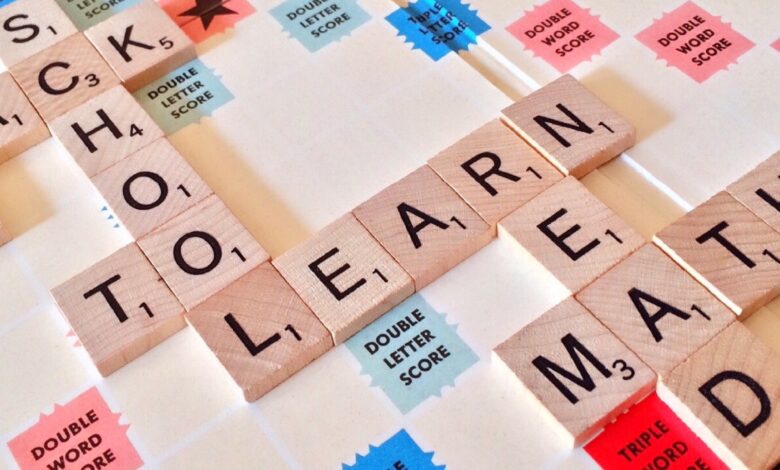Linguistics

Linguistics overlaps with many other disciplines in the humanities, social sciences, since language is such a crucial part to humans.
INTRODUCTION
The underlying structure of language signs is substantially more complex than that of ordinary signals. For it’s worth noting that language allows us to convey nearly any notion we have. And the number of signals we may make is virtually limitless. Although it is arguable whether language is endless or not. It is undeniable that humans can comprehend words we have never heard before.
Each human language is a complex of capabilities and information that allows speakers. To interact with one another and convey ideas, hypotheses, emotions, wants, and anything else that needs to be expressed. Linguistics is the study of these knowledge systems in all of their facets. How are they organized, learned, employed in the creation and processing of communications, and how do they evolve through time.
Linguistics has conceptual linkages and overlaps with many other disciplines in the humanities. Social sciences, and natural sciences since language is such a crucial part of being a human. Philosophy, Literature, Language Pedagogy, Psychology, Sociology. Physics (acoustics), Biology (anatomy, neuroscience), Computer Science. Computer Engineering, and Health Sciences are some of the closest relationships (Aphasia, Speech Therapy).
Linguistics
Is a systematic study of the structure and evolution of human language that applies to all aspects of human effort.
Linguistics is a branch of science that studies language structure, variation, and use, as well as the description and documentation of modern languages and the implications of language theories for our understanding of the mind and brain, human culture, social behavior, and language learning and teaching.
Linguistics Language Classification
Genealogical
Genetical classification is used to categorize languages into groups based on their degree of diachronic relatedness. Within the Indo-European family, for example, subfamilies such as Germanic and Celtic are recognized; these subfamilies include German, English, Dutch, Swedish, Norwegian, Danish, and other languages on the one hand, and Irish, Welsh, Breton, and other languages on the other. Most of the world’s languages have only been provisionally classified into families so far, and many of the suggested classification methods will undoubtedly be drastically altered when new information becomes available.
Typological
Typological classification divides languages into kinds based on structural similarities. Isolating, agglutinating, and inflecting (or fusional) languages are arguably the most well-known typological categorization, which was commonly evoked in the nineteenth century to promote an evolutionary hypothesis of language formation.
Linguistics Types
Sociolinguistics
Sociolinguistics is a branch of linguistics that is closely related to sociology, or the study of social groupings. Sociolinguists study how languages operate within populations, looking at how language influences the population as well as how the population influences the language. Sociolinguists investigate how your time and location of birth, as well as your social groupings, influence the words you use and how you pronounce them.
Computational Linguistics
Computers are used in computational linguistics to create language models. These models can be used to describe the structure of a language’s subtle patterns. The models are also widely utilized in the computer industry to improve our interactions with technology by training computers to speak in human languages. This allows them to read and respond to what we type, as well as hear and respond to what we say. Search engines, voice recognition, text-to-speech, and artificial intelligence are all powered by computational linguistics.
Psycholinguistics
Psycholinguistics is the study of the link between language and the mind. It is closely related to cognitive science. Psycholinguists study how the human mind learns and processes language. They investigate both the physical and psychological elements of how words and syntax are preserved, as well as how and why they are used. Psycholinguists are likewise interested in linguistics’ conceptual investigation. They also look at how the mind learns grammar, how language and cognition are linked, how language produces conceptual groupings, and how metaphors impact comprehension as part of their research.
Linguists
Scientists who study the nature and function of language using the scientific method.
Linguists study how humans learn about language, how that information interacts with other cognitive processes, how it differs between speakers and geographical locations, and how to represent such knowledge computationally. They look at how to express the structure of different parts of language (such sounds or meaning), how to account for diverse linguistic patterns conceptually, and how the various components of language interact with one another. Many linguists gather empirical facts to aid in their understanding of a particular language or languages in general. Interacting with children and adults in schools, the field, and university labs may be used to conduct research.






